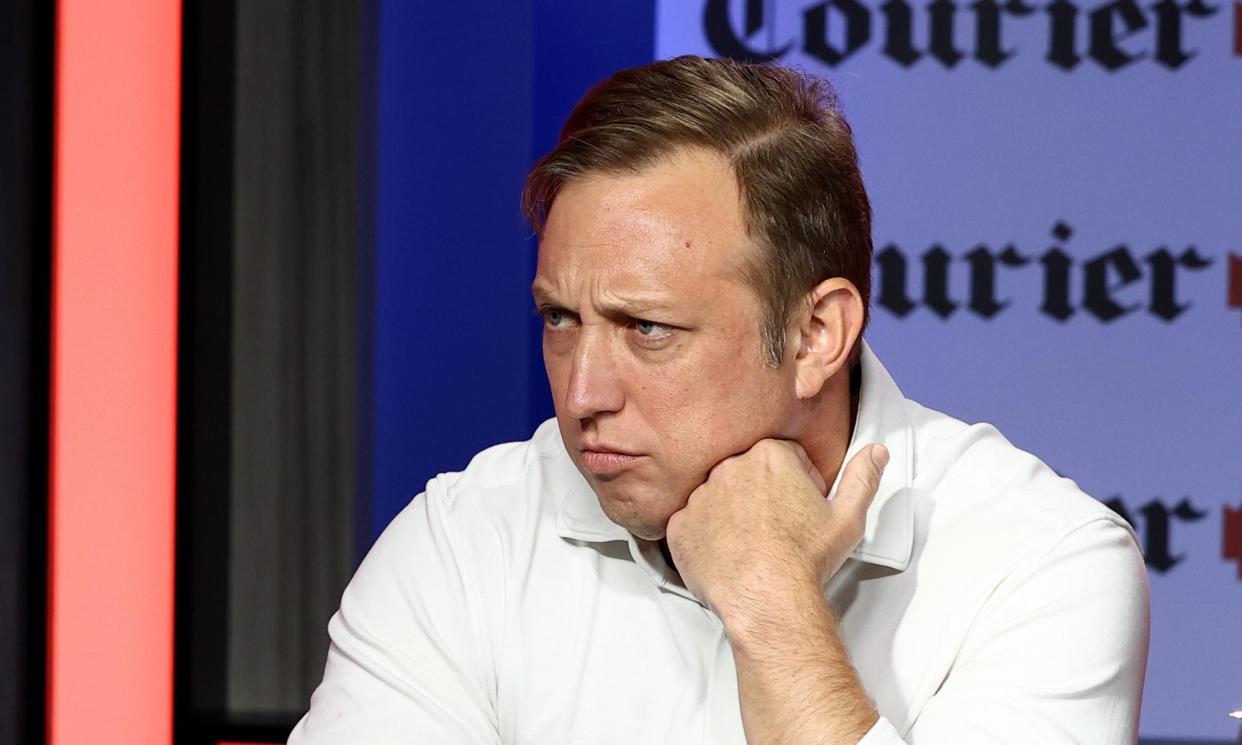Queensland Labor vulnerable on two fronts as Greens target Brisbane’s commuter belt

The old Inala roller skating rink in Brisbane’s south-west has been vacant for more than 15 years. For many locals, it is a symbol that progress moves slower in the outer suburbs.
Earlier this month, the Greens’ campaign for the Brisbane city council election announced plans to buy the building and turn the site into a public pool.
The announcement has received relatively little local media attention, but it says a lot about why the Brisbane election is worth following. The city is Australia’s largest local government area, with a population of more than 1.2 million – the same as Tasmania, the Australian Capital Territory and Northern Territory combined. There are clear national political implications here, too.
Some analysts predict the Greens could win eight council wards, outpoll Labor city-wide, and become Brisbane’s official “opposition” party – that alone would be interpreted as another considerable step forward for the minor party.
But Greens insiders are also focused on another measure of success: can they start to make inroads into the commuter belt?
In housing – particularly by championing the cause of renters – the Greens have found an entry point into the political debate in the outer suburbs. The issue will be front and centre of the next federal and Queensland elections, and the Greens’ platform in Brisbane – an effective rent freeze that threatens landlords with huge rates increases if they put rents up – aligns neatly with its national pitch on housing.
Party insiders say they don’t expect to compete in outer-suburban council wards, particularly because council elections tend to focus more on local issues. But the goal is to lift the vote in these places by about 5% to 10%, build a local supporter base and campaign infrastructure, and go again at the next election. The next federal target is the Labor-held seat of Moreton.
For those who might dismiss the Greens as a niche environmental party that can not break through beyond the inner-city, some food for thought: federal victories in Brisbane, Ryan and Griffith were as much about gains in suburban areas – with large proportions of social housing – as in affluent, progressive parts of the city. The Greens also outpolled Labor in unexpected places, like Stafford on the north side and Carina, south of the river.
Plans for the 2032 Olympics will also have an impact on the Brisbane council election. Voters will go to the polls while results of a review into plans for the Olympics are still pending, but with genuine concerns about the cost and impact of the games. The Greens, and lord mayoral candidate Jonathan Sriranganathan, have been longstanding vocal opponents of the initial plan to redevelop the Gabba stadium.
Those concerns feed into kitchen tables ones, too, about the cost of living and housing. The idea of spending $7bn on Olympics infrastructure is a tough sell, particularly in the suburbs, where households are doing it tough – or when people drive around their own suburbs and see eyesores like the old skate rink.
“If South Bank residents and visitors get access to a free swimming pool, why can’t everyone else in the city?” Sriranganathan said last month.
This is a tried and tested political tactic; tapping into the grievances of the bush – or the regions, or the suburbs – with the idea that those folks who live closer to the seat of power have it better.
Some might find it paradoxical that the Greens and Sriranganathan – a favourite punching bag of the tabloids, portrayed by his opponents the archetype of a West End political radical – are pitching themselves as on the outer side of that political divide.
Attack on two fronts
On the same day as the council elections in Queensland, two byelections could underscore the difficulty the Labor state government will have in winning a fourth consecutive term.
Labor will win in Inala, the seat of retired former premier Annastacia Palaszczuk, where the margin is 28%. There will be a big swing to the LNP, but not that big.
But Labor insiders are particularly worried about another heartland seat next door, Ipswich West, which is on a margin of about 14%.
The state political landscape looks increasingly grim for Steven Miles’s government. Labor’s most vulnerable seats are in regional Queensland, but its majority is underpinned by its dominance of Greater Brisbane, where it holds all but four seats.
On Saturday, Labor could find itself under attack on two fronts – falling behind the Greens across Brisbane and battling to keep its heartland seats from the LNP.


